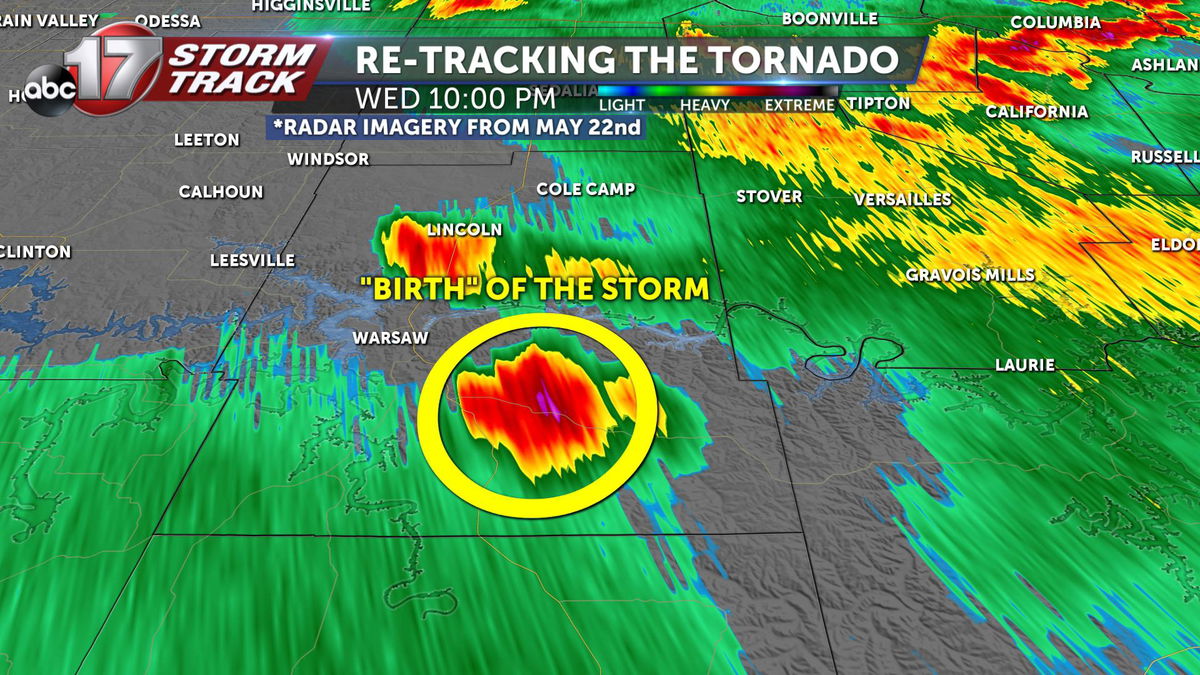Tornado Tracking Technologies

Tornado tracker – In the relentless pursuit of mitigating tornado risks, scientists and meteorologists have harnessed an array of cutting-edge technologies to track these formidable weather events. These technologies provide invaluable insights into tornado behavior, enabling timely warnings and potentially saving countless lives.
Tornado trackers keep a watchful eye on the skies, their instruments whirring in anticipation of nature’s fury. They monitor the atmospheric conditions, tracking the telltale signs of a possible twister. When the possibility of a tornado arises ( posibilidad de tornado ), they issue warnings, giving communities precious time to prepare.
With their unwavering vigilance, tornado trackers stand as guardians against the unpredictable wrath of the wind.
Radar
Radar, an acronym for Radio Detection and Ranging, plays a pivotal role in tornado detection and tracking. It emits electromagnetic pulses that bounce off objects and return to the radar receiver. By analyzing the reflected signals, meteorologists can determine the location, intensity, and movement of tornadoes.
Advantages:
Tornado trackers, the vigilant guardians of the skies, relentlessly pursue the elusive twisters, their every movement tracked with precision. As the winds rage and the skies darken, these intrepid souls brave the elements, their unwavering determination guiding them. Like a beacon of hope, the hurricane beryl path tracker offers solace to those threatened by nature’s fury, providing a lifeline of information and solace.
Yet, even as the hurricane rages, the tornado trackers stand ready, their vigilance unwavering, their presence a testament to the indomitable spirit of humanity.
- High accuracy in detecting and tracking tornadoes
- Can provide real-time updates on tornado movement and intensity
Disadvantages:
- Limited range, especially in mountainous or heavily forested areas
- Can be affected by ground clutter, which can mask tornado signatures
Satellite Imagery
Satellite imagery, captured by weather satellites orbiting the Earth, offers a broader perspective on tornado-prone areas. These images can reveal cloud formations and atmospheric conditions that are conducive to tornado development.
Advantages:
- Provides a wide-area view of potential tornado-producing storms
- Can detect tornadoes that are not visible on radar
Disadvantages:
- Lower resolution than radar, making it less accurate for tracking individual tornadoes
- Can be affected by cloud cover, which can obscure tornado signatures
Spotter Networks, Tornado tracker
Spotter networks rely on trained volunteers who observe and report tornado activity. These spotters provide ground-level information that can complement radar and satellite data.
Advantages:
- Can provide detailed information about tornado appearance and behavior
- Can fill in gaps in radar coverage, especially in rural areas
Disadvantages:
- Can be limited by visibility and weather conditions
- Requires a large number of trained spotters to be effective
Tornado Safety and Preparedness

When a tornado warning is issued, it is crucial to take immediate action to ensure your safety. Knowing what to do and having a plan in place can make all the difference. Here are some essential tips to help you stay safe during a tornado:
- Seek shelter immediately. The safest place to be during a tornado is in a sturdy building with a basement. If you do not have access to a basement, go to the lowest level of the building and find a small, interior room, such as a closet or bathroom.
- Stay away from windows. Windows can shatter from the force of the wind, sending shards of glass flying. If you are near a window, move to a different part of the room and cover your head with your arms.
- Protect yourself from debris. Flying debris is one of the biggest hazards during a tornado. If you are outside, lie down in a ditch or other low-lying area and cover your head with your hands.
- Evacuate if necessary. If you are in an area that is likely to be hit by a tornado, evacuate to a safe location. This may mean going to a community shelter or staying with friends or family in a safer area.
In addition to these tips, it is also important to have a tornado emergency kit on hand. This kit should include essential items such as:
- Water (one gallon per person per day)
- Non-perishable food
- First-aid kit
- Battery-powered radio
- Flashlight
- Whistle
- Dust mask
- Plastic sheeting
- Duct tape
By following these tips and having a tornado emergency kit on hand, you can help to ensure your safety during a tornado.
Tornado History and Climatology: Tornado Tracker
Tornadoes have a long and destructive history, affecting various regions of the world. Understanding their historical patterns and climatology helps us better anticipate and mitigate their impacts.
The United States experiences the highest frequency of tornadoes globally, with an average of over 1,200 tornadoes reported annually. The “Tornado Alley” region, spanning from Texas to the Midwest, is particularly prone to severe tornado outbreaks.
Tornado Climatology
- Tornadoes can occur at any time of year, but they are most common during the spring and summer months.
- The peak tornado season in the United States runs from April to June, with May being the most active month.
- Globally, tornadoes are most frequent in the Northern Hemisphere, particularly in the central and eastern regions of North America, Europe, and Asia.
- The Southern Hemisphere also experiences tornadoes, but their frequency is significantly lower compared to the Northern Hemisphere.
| Region | Average Number of Tornadoes |
|---|---|
| United States | 1,200+ |
| Canada | 100-200 |
| Europe | 50-100 |
| Asia | 50-100 |
| Australia | 10-20 |